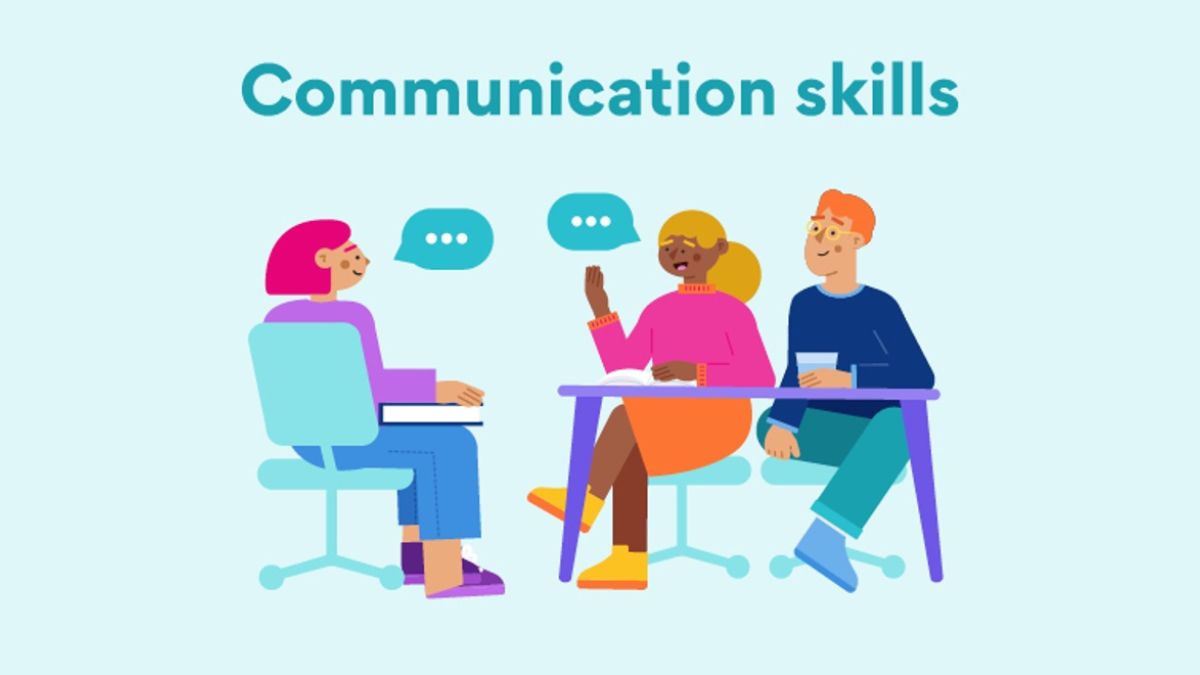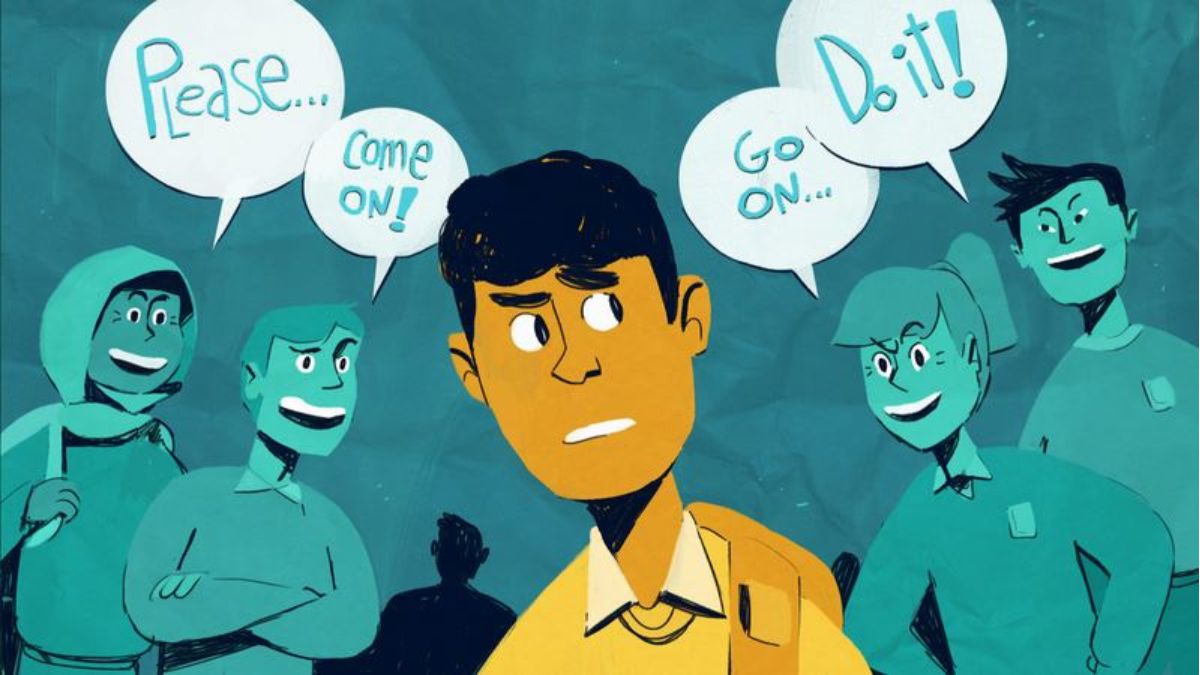
The Influence of Peer Pressure on the Academic Performance of Students
Peer pressure is a powerful social influence that can significantly impact students' academic performance, both positively and negatively. As students navigate through school, they are constantly surrounded by peers who may exert influence on their behaviour, attitudes, and overall approach to academics.
Understanding the dynamics of peer pressure and its effects on academic performance is crucial in identifying ways to guide students toward positive academic outcomes.
Table of Content
The Positive Influence of Peer Pressure on Academic Performance
The Negative Influence of Peer Pressure on Academic Performance
Factors That Influence the Impact of Peer Pressure
Strategies to Manage Peer Pressure and Enhance Academic Performance
What is Peer Pressure?
Peer pressure refers to the influence exerted by a peer group on an individual to conform to the expectations and behaviours of the group. This pressure can be either explicit (direct encouragement or coercion) or implicit (subtle influences and unspoken social cues).
Peer pressure is a common experience for students, especially during adolescence when the need for social acceptance and belonging is heightened.
Types of Peer Pressure
Peer pressure can manifest in two main forms:
- Positive Peer Pressure: Encourages behaviors that are beneficial, such as studying hard, engaging in extracurricular activities, or participating in group study sessions.
- Negative Peer Pressure: Encourages harmful behaviours, such as skipping classes, neglecting assignments, or engaging in disruptive activities.
Both forms of peer pressure can have a significant influence on a student’s academic performance, with positive pressure potentially leading to improved outcomes and negative pressure contributing to academic decline.
The Positive Influence of Peer Pressure on Academic Performance
Not all peer pressure leads to poor academic outcomes. When students are surrounded by high-achieving peers or those with strong academic motivation, they are often encouraged to emulate similar behaviours. This type of positive peer influence can lead to:
- Increased Motivation: When students see their peers excelling academically, they are often motivated to work harder to keep up or surpass their friends. This can foster a competitive spirit that pushes them to perform better.
- Better Study Habits: Positive peer pressure may encourage students to adopt effective study habits. Group study sessions, for instance, can expose students to new ways of learning, help clarify difficult concepts, and increase accountability for academic work.
- Higher Engagement in School Activities: Peers who value education often influence their friends to participate in academic-related activities, such as tutoring, debate clubs, or science fairs, which in turn fosters a deeper connection to school and learning.
The Negative Influence of Peer Pressure on Academic Performance
On the other hand, negative peer pressure can severely undermine a student’s academic performance. Some of the common ways negative peer influence manifests include:
- Disinterest in School: Students who fall into peer groups that prioritize social activities over academic success are often discouraged from putting in effort toward their studies. This can lead to poor attendance, incomplete assignments, and a lack of focus in class.
- Engagement in Risky Behaviors: Negative peer pressure can encourage students to participate in activities like substance abuse, truancy, or even cheating, all of which can damage their academic progress. These behaviours can cause distractions, reduce time spent on studying, and lead to disciplinary consequences that further derail academic success.
- Fear of Standing Out: Students may feel pressured to "fit in" with their peer group by downplaying their academic abilities or avoiding class participation. Fear of being labelled as a "nerd" or "teacher’s pet" can cause students to disengage from learning, resulting in lower grades and decreased academic confidence.
Factors That Influence the Impact of Peer Pressure
The effect of peer pressure on academic performance is not uniform across all students. Several factors determine how much influence peers will have on a student's academic life:
- Age and Developmental Stage: Adolescents, particularly in middle and high school, are more susceptible to peer pressure as they seek social validation. Younger students may be less affected, but their susceptibility increases as they grow older.
- Self-Esteem and Confidence: Students with high self-esteem and a strong sense of identity are more likely to resist negative peer pressure and make independent decisions about their academic priorities. Conversely, students with low self-esteem may feel compelled to conform to peer expectations, even when it is detrimental to their academic goals.
- Parental Involvement: Strong parental guidance can buffer against the effects of negative peer pressure. When parents are actively involved in their children's academic lives, setting expectations and offering support, students are less likely to succumb to negative influences.
- School Environment: Schools that foster a positive learning environment, promote academic achievement, and offer support networks can help mitigate the effects of negative peer pressure. Conversely, schools with a weak academic culture may exacerbate the problem.
Strategies to Manage Peer Pressure and Enhance Academic Performance
Given the potential for peer pressure to influence academic performance, educators, parents, and students need to be aware of strategies to manage these influences:
- Building Resilience and Self-Esteem: Students should be encouraged to build self-confidence and develop a sense of identity independent of their peer group. This can be achieved through counselling, mentorship, and positive reinforcement.
- Encouraging Positive Peer Networks: Schools can promote the formation of peer groups that emphasize academic success and personal development. Programs like peer tutoring or academic clubs can provide students with role models and supportive peer networks.
- Parental Involvement and Communication: Parents play a critical role in helping their children navigate peer influences. Open communication about the challenges of peer pressure and guiding how to make positive choices can help students stay focused on their academic goals.
- Creating a Positive School Culture: Schools should create a culture that celebrates academic achievements and encourages students to take pride in their studies. Recognizing academic excellence publicly can help shift the peer dynamic toward positive academic behaviours.
Conclusion
The influence of peer pressure on the academic performance of students is a double-edged sword. While positive peer pressure can encourage academic success, negative peer pressure can lead to poor academic outcomes.
By promoting supportive peer networks, building resilience, and maintaining a positive school environment, students can learn to navigate peer pressure in ways that enhance their academic performance and personal growth.
Understanding the dynamics of peer pressure is key to ensuring that students are guided towards making choices that benefit their academic journey, setting them up for future success.
Frequently Asked Questions
Why are adolescents more susceptible to peer pressure?
- Answer: Adolescents are more susceptible to peer pressure because they are in a developmental stage where social acceptance and belonging are crucial. They are more likely to conform to peer group norms to feel accepted and valued, which can make them vulnerable to both positive and negative influences.
What are the signs that a student is being negatively influenced by peer pressure?
- Answer: Some signs include a sudden drop in academic performance, increased absenteeism, a change in attitude toward school, neglecting assignments, or engaging in disruptive or risky behaviours. A noticeable shift in the student’s social group or adopting behaviours that are inconsistent with their usual character may also indicate negative peer influence.
What role do parents play in mitigating the effects of peer pressure?
- Answer: Parents can play a vital role in helping their children resist negative peer pressure by maintaining open communication, setting clear expectations about academic performance, and encouraging positive peer relationships. Involvement in their child’s education, providing guidance, and fostering self-confidence are crucial in helping students make independent, positive decisions.
How can teachers and schools help students handle peer pressure?
- Answer: Teachers and schools can create an environment that fosters academic achievement and encourages positive peer interactions. Schools can promote academic clubs, peer tutoring, and extracurricular activities that build supportive networks among students. Teachers can also educate students about the impact of peer pressure and help them develop critical thinking skills to make informed choices.
Can peer pressure affect a student's long-term academic and career goals?
- Answer: Yes, the influence of peer pressure during a student’s school years can have a long-term impact on their academic achievements and future career paths. Positive peer pressure can foster ambition and discipline, setting students on a path to academic success and future career opportunities. On the other hand, negative peer pressure can lead to underachievement, missed opportunities, and even dropout, limiting future prospects.
How can students resist negative peer pressure?
- Answer: Students can resist negative peer pressure by building self-confidence, learning to say no, and associating with positive, like-minded peers. Developing strong communication skills and understanding the importance of making independent decisions can also help students navigate peer pressure. Support from parents, teachers, and counsellors can further reinforce these coping mechanisms.
What impact does the school environment have on peer pressure?
- Answer: The school environment plays a significant role in shaping peer dynamics. Schools with a strong academic culture and supportive communities are more likely to foster positive peer influences. In contrast, schools with a less structured environment may see students succumbing more easily to negative peer pressure, especially if academic achievement is not highly valued.
Is peer pressure always intentional?
- Answer: No, peer pressure is not always intentional. Sometimes it can be subtle or unspoken. For instance, students may feel compelled to follow certain behaviours just by observing their peers’ actions, without any direct encouragement. This is called implicit peer pressure, where the desire to fit in or avoid standing out influences behaviour.
Can academic performance be improved by choosing the right peer group?
- Answer: Yes, choosing friends and peers who are focused on academics can greatly improve a student’s academic performance. Positive peer influence can motivate students to adopt better study habits, stay focused on their goals, and participate in academic-related activities, which can lead to higher achievement.
Does peer pressure affect all students in the same way?
- Answer: No, peer pressure does not affect all students in the same way. Its impact varies depending on factors such as the student’s age, personality, self-esteem, family background, and the specific peer group they are part of. Some students are more resilient to negative peer influence, while others may be more vulnerable.
Can a student experience both positive and negative peer pressure at the same time?
- Answer: Yes, a student can be exposed to both positive and negative peer pressure simultaneously. For example, a student might feel encouraged to perform well academically by one group of friends while facing pressure to engage in distractions or risky behaviour from another group. Students need to recognize these influences and make conscious decisions about which to follow.
How does peer pressure differ between boys and girls?
- Answer: Peer pressure can manifest differently between boys and girls. For boys, it may more often involve competition in areas such as sports or academics. For girls, peer pressure may be more focused on social acceptance, appearance, or relationships. However, both boys and girls can experience peer pressure in academics, and the impact largely depends on the specific peer group dynamics.
How does social media influence peer pressure and academic performance?
- Answer: Social media has amplified peer pressure by constantly exposing students to their peers’ achievements, social lives, and behaviours. On platforms like Instagram, Facebook, or TikTok, students may feel pressure to match their peers’ lifestyles or accomplishments, which can either motivate them to succeed academically or distract them with social comparisons and irrelevant activities.
What are some warning signs that a student is struggling with negative peer pressure?
- Answer: Warning signs of negative peer pressure include sudden changes in behaviour, withdrawal from family or previous positive friendships, a decline in academic performance, increased anxiety or stress, and involvement in risky or harmful activities like truancy or substance abuse. Parents and teachers should watch for these signs and offer support when needed.
No comment found
Related Posts
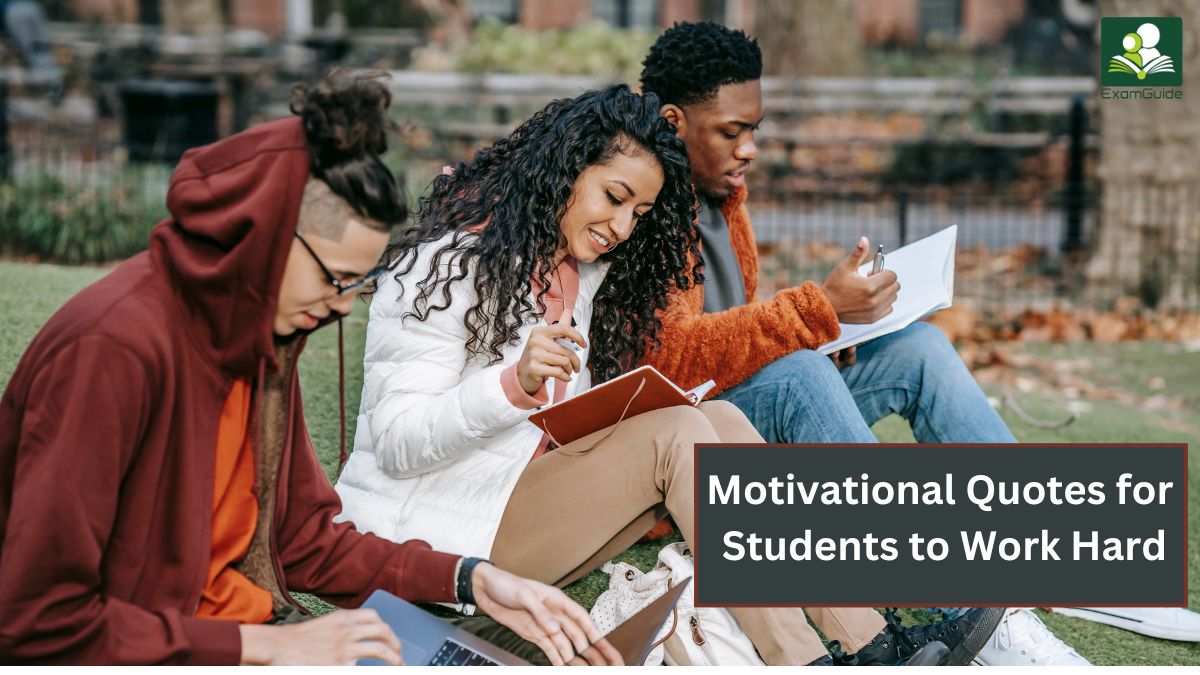
Top 20 Motivational Quotes for Students to Work Hard
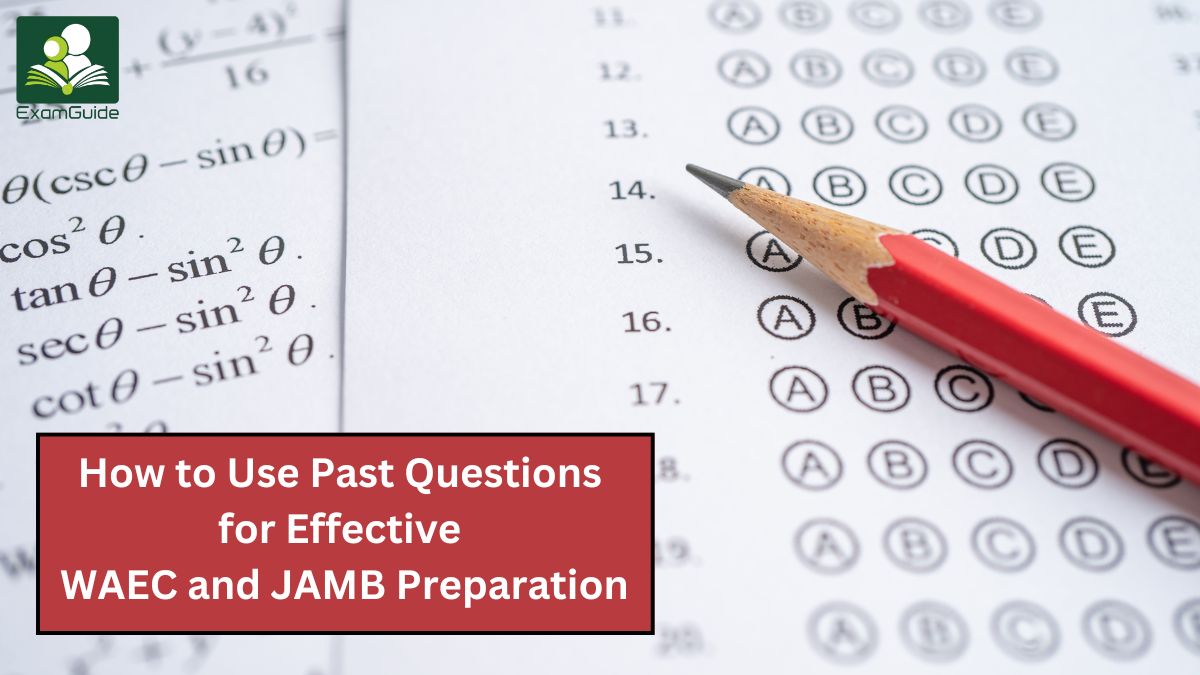
How to Use Past Questions for Effective WAEC and JAMB Preparation
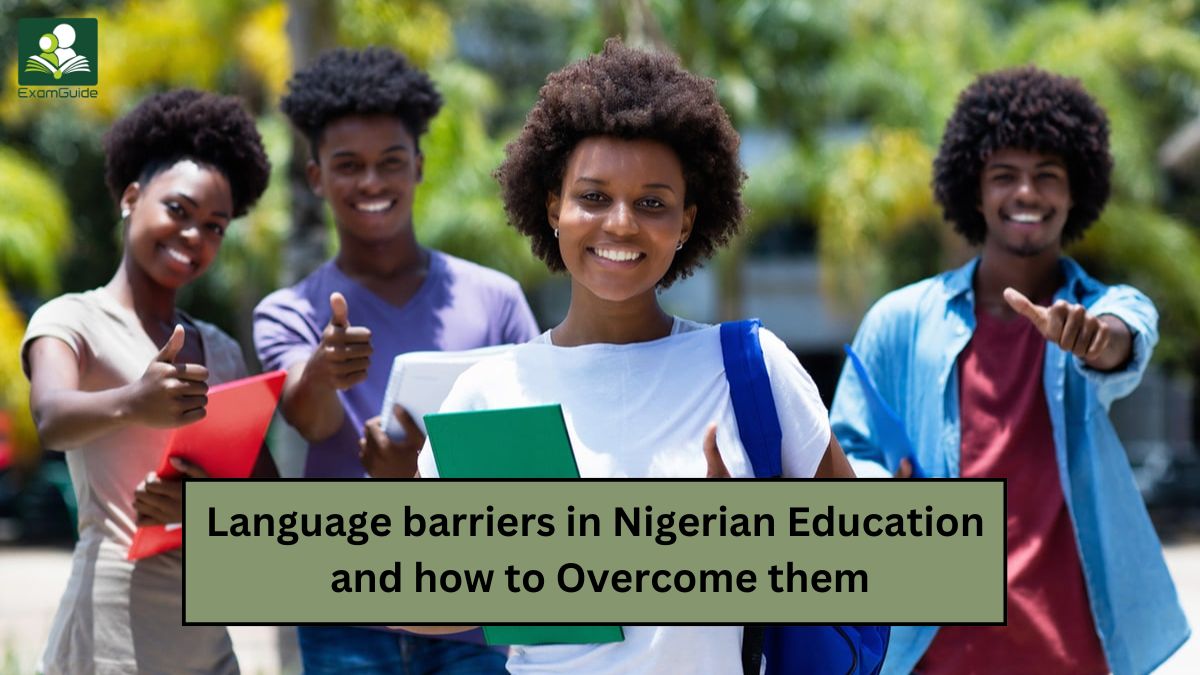
Language barriers in Nigerian Education and how to Overcome them

How to Excel in Mathematics: Tips for Nigerian Students
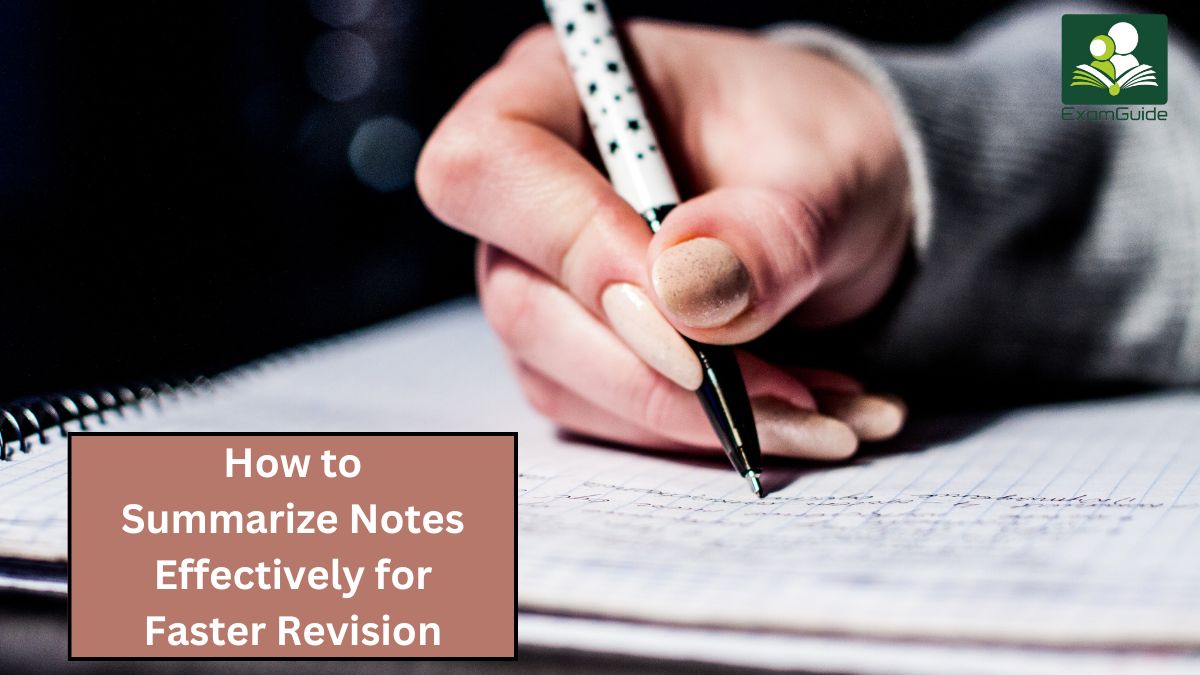
How to Summarize Notes Effectively for Faster Revision
